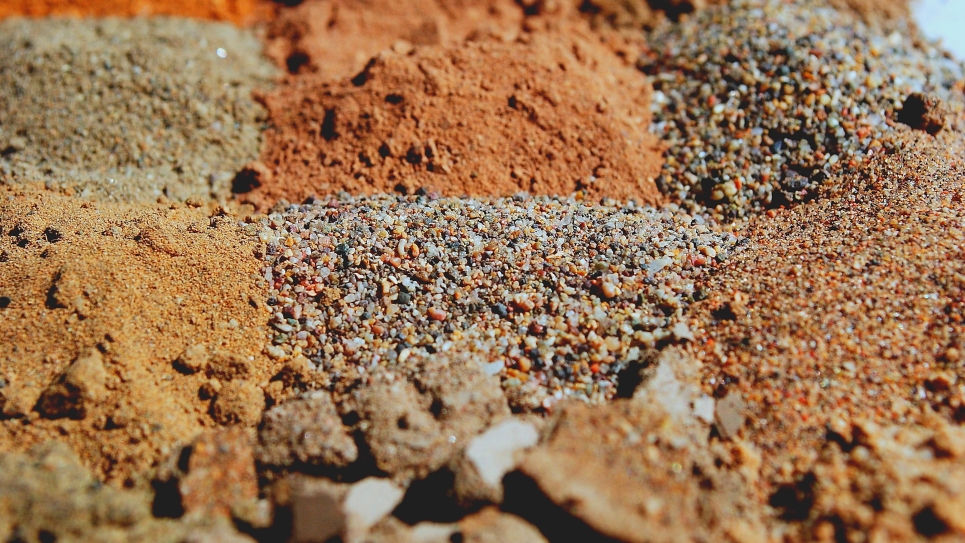
Linking Microscale Soil Properties and Processes to Pore Structure
Soil pores are the habitat for soil organisms and the arena for most bio-geochemical processes. Due to extremely high soil heterogeneity, high spatial and temporal variability of pore saturation by liquids soil microorganisms occupy less than 5% of the total potentially habitable soil volume. For the same reason the rates of microbial activity within this 5% of habitable volume vary spatially and temporally depending on the pore water saturation and microbial accessibility to nutrients. Therefore, microbial habitat is functioning in a manner of hotspots, which activate for short periods of time mostly after soil rewetting. Functioning of the microbial hotspots is poorly understood until now, that hinders predicting emission of the greenhouse gases from soil and turnover of organic carbon in soils. The goal of our studies is understanding the relationships between pore structure, microbial habitats, and rates of biochemical reactions.
We are focused specifically on: (1) spatial characteristics of soil pore networks (i.e. pore size distributions, pore connectivity and fragmentation); (2) spatial distribution and connectivity of water in pores; (3) occupation and formation of soil pores by roots of different plant species; (4) water saturation and decomposition of plant residue in soil pores; (5) enzymatic activity in pores of different size groups; (6) spatial distributions and transformation of Mn species in pores of different size groups; and (7) spatial distribution of soil organic carbon. We use polychromatic X-ray CT (X3000, North Star Imaging, Rogers, USA), single and multiple energy monochromatic X-ray mCT (ARGONNE APS, GeoSoilEnviroCARS magnet beam-line 13-BM-D), X-ray spectromicroscopy (the Stanford Synchrotron Radiation Lightsource (SSRL), SLAC National Accelerator Laboratory) combined with microplate enzyme assays and soil membrane zymography. In this presentation we will demonstrate the results of our studies, discuss issues and limitations of currently used methods. We anticipate discussion and exploring new techniques for better quantification of bio-geochemical processes in soil networks.